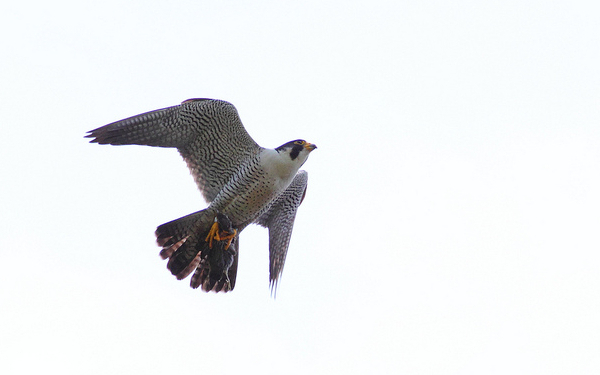
The peregrine nesting season is over and though we sometimes find Dorothy sleeping at the nestbox and sometimes see and hear(!) her son Henry begging for food, peregrine activity has slowed down considerably at the University of Pittsburgh.
Now that it’s quieter I decided to make a slideshow of this year’s highlights. It took me a long time to create because every photo brought back memories. It was hard to choose favorites.
Click on any photo to see the slideshow in its own lightbox.
(photo by Peter Bell)
p.s. I’ll assemble a slideshow of Gulf Tower highlights as soon as I get a chance. If this one is any indication, it could take weeks!
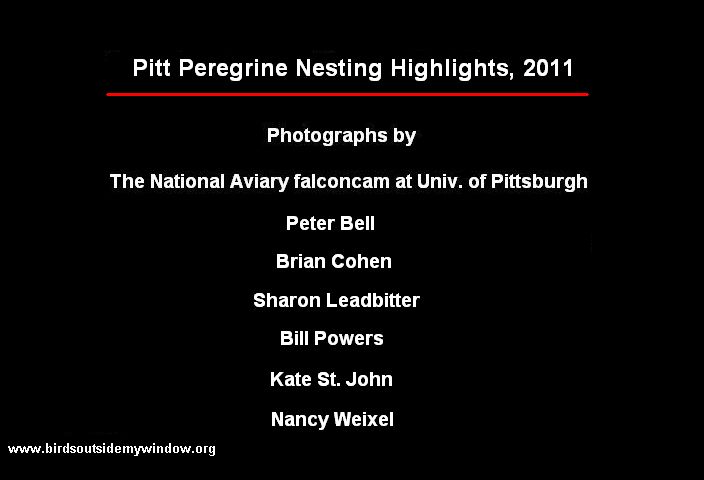
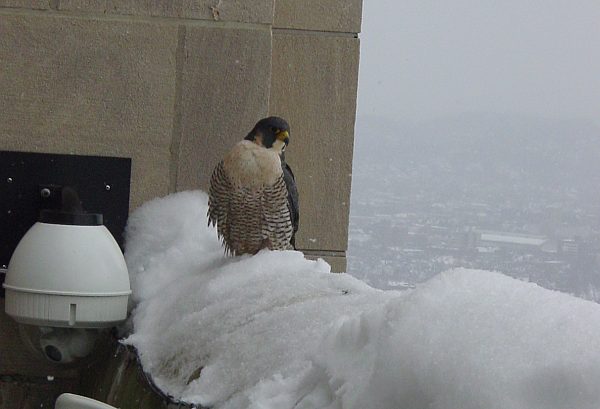
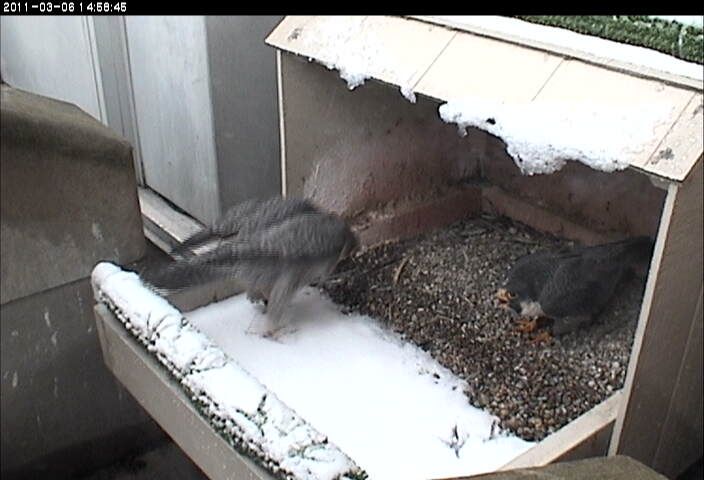
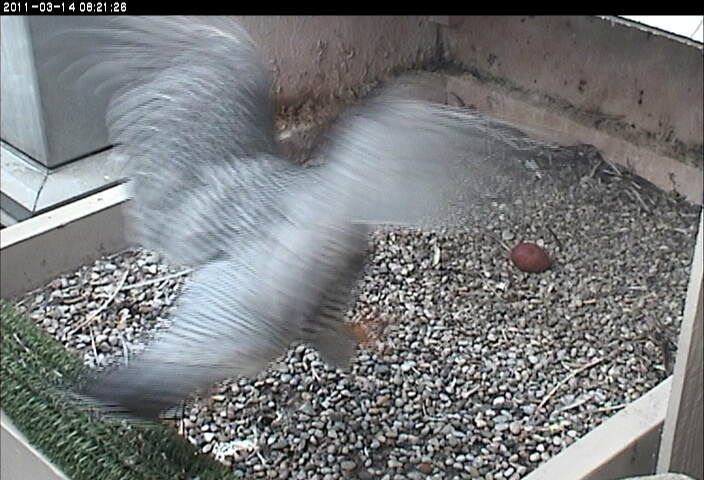
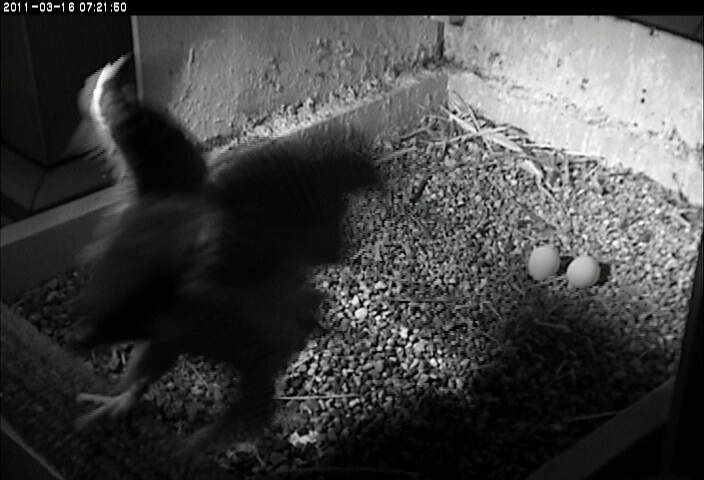
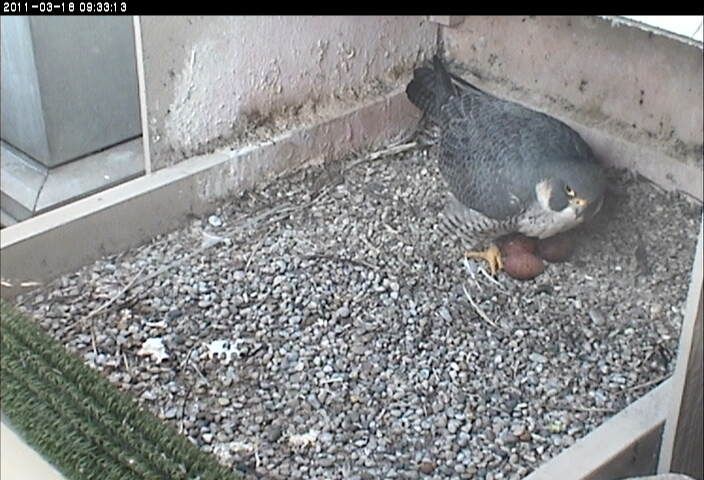
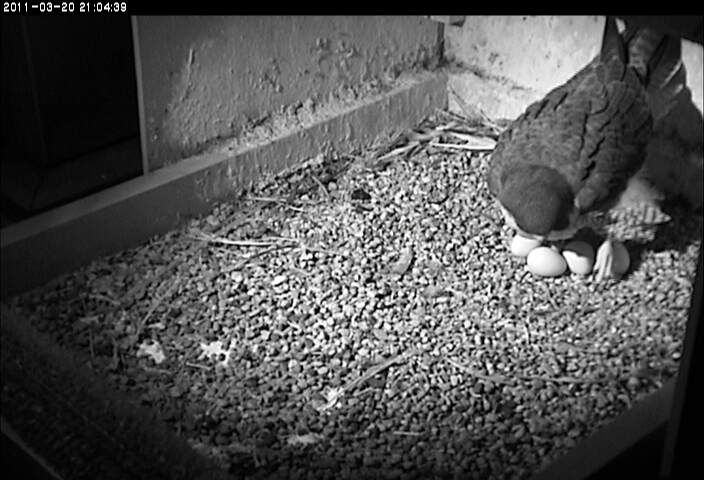
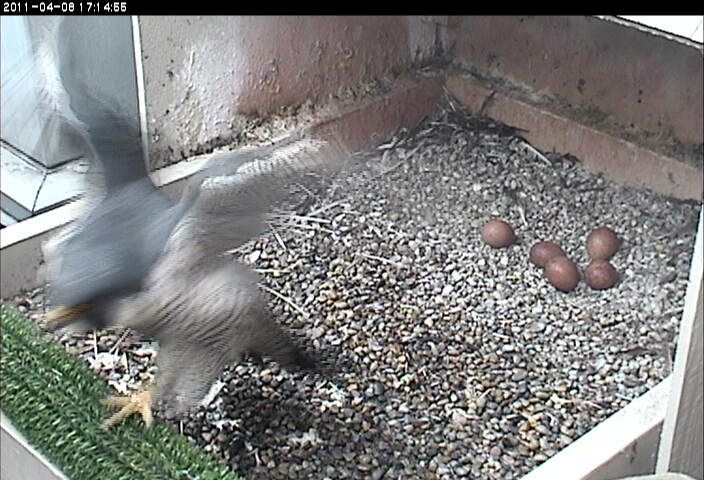
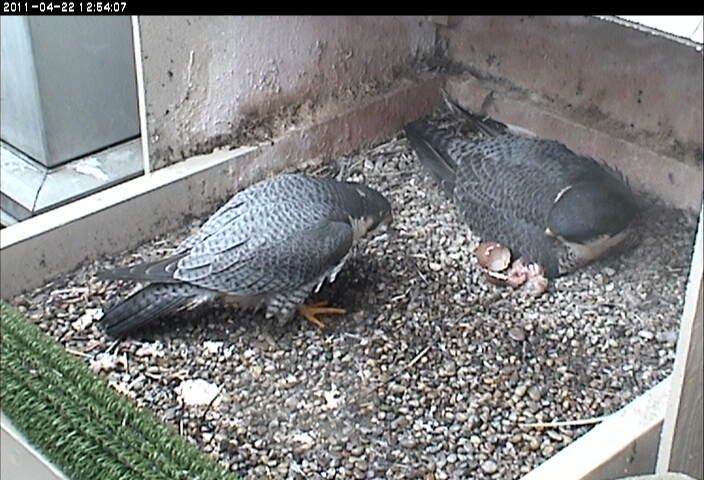
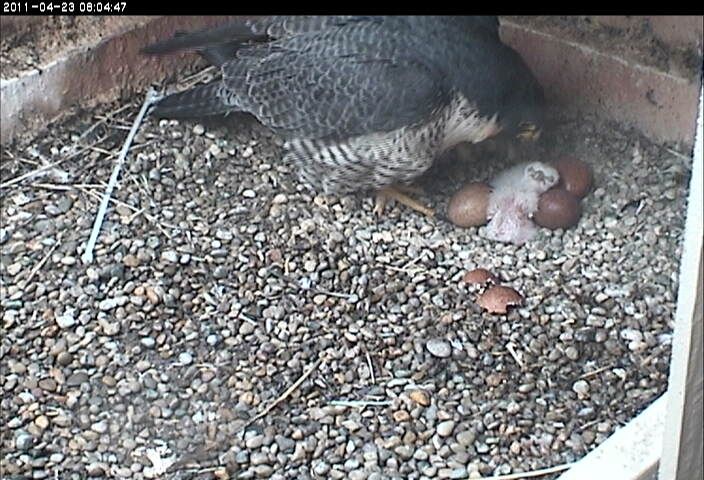
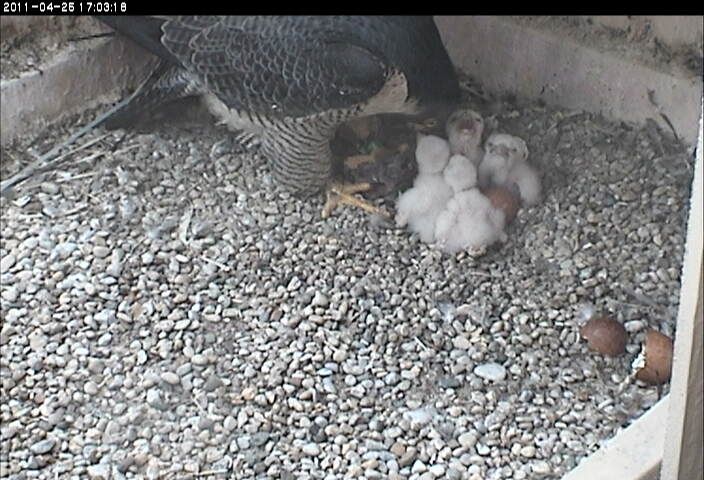

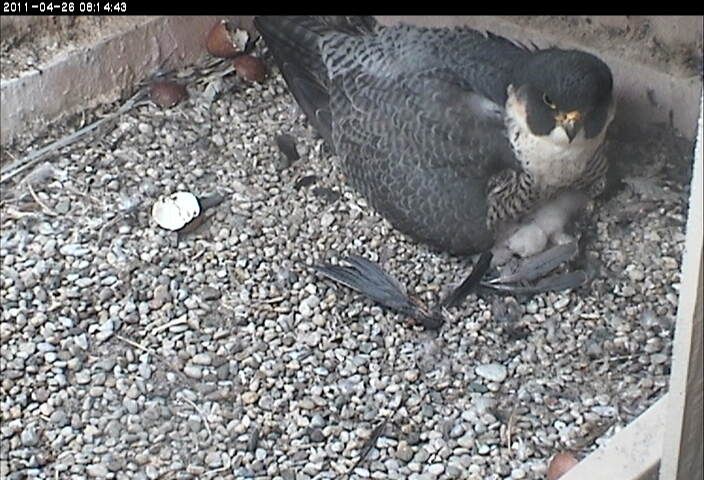
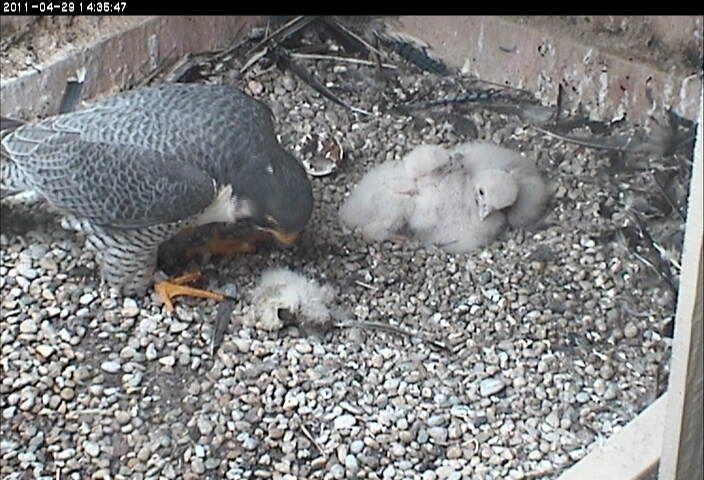
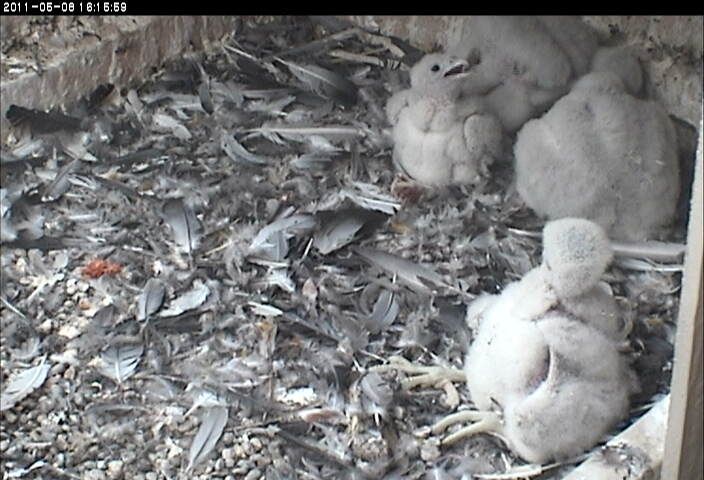
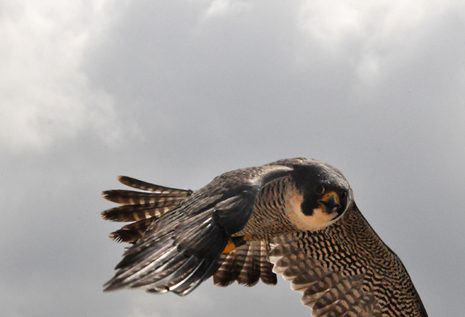
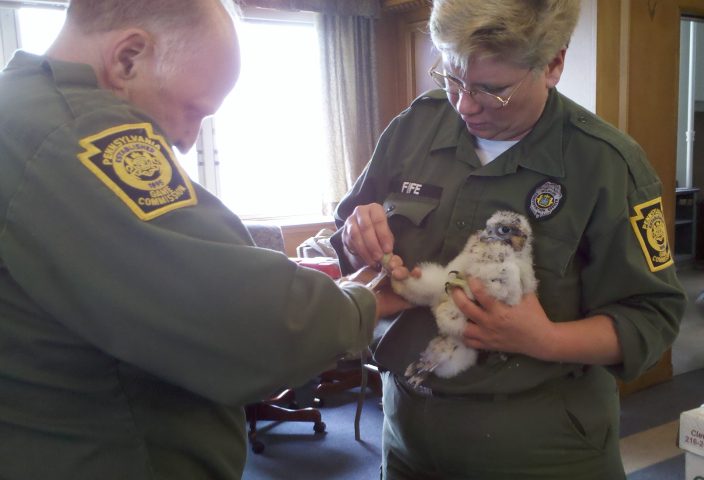
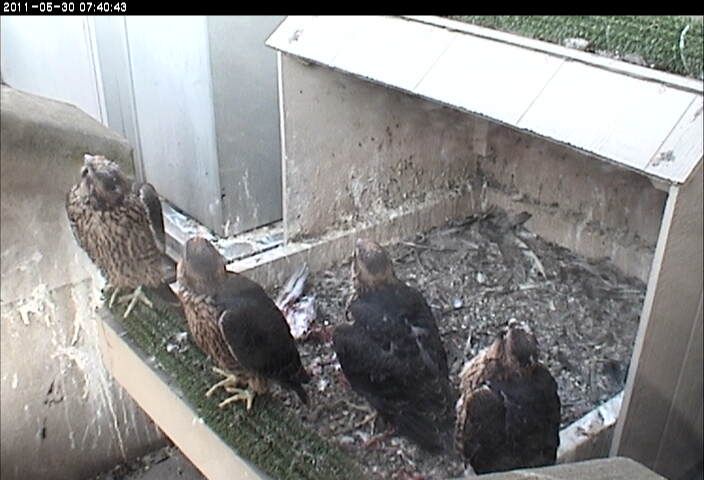
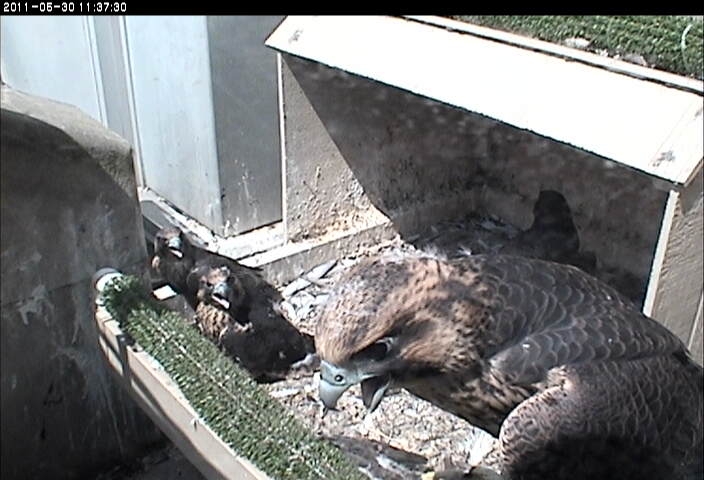
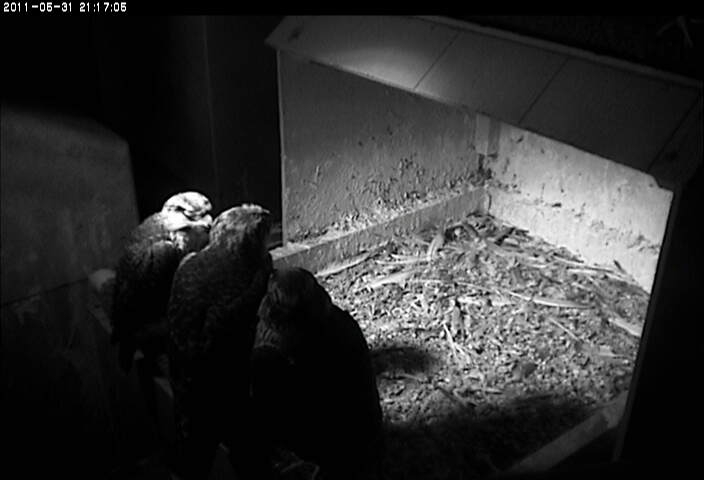
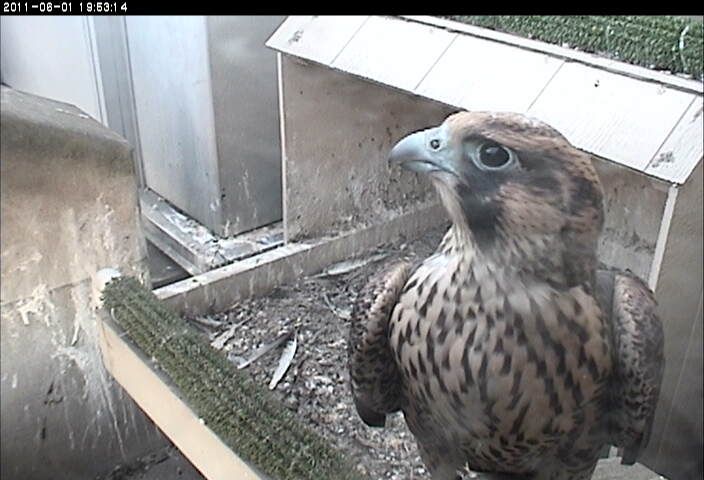
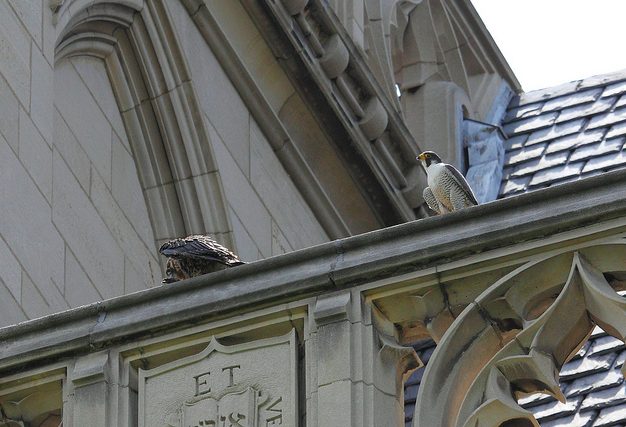
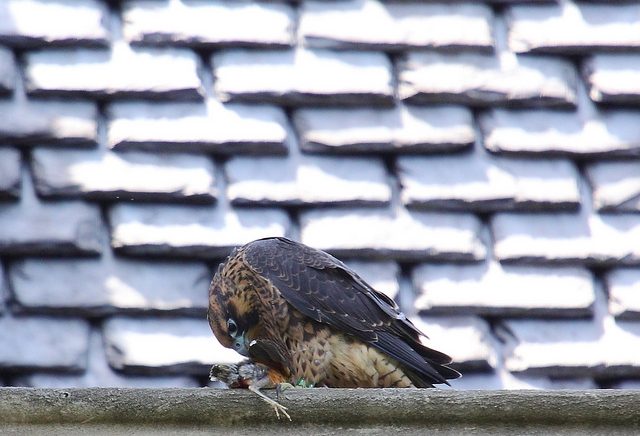
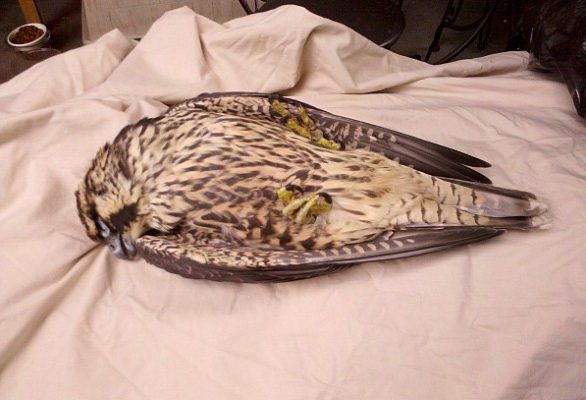
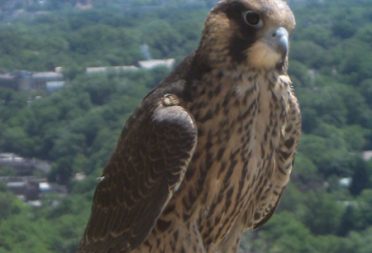
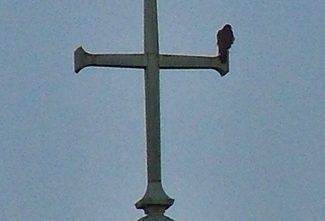
What beautiful birds. Thanks.
Lovely, Kate, thanks for the hard work and creativity.
Beautiful, Kate. Thanks so much.
Thanks for the summer memories of Dorothy, E2 and the chicks. How many chicks survived? I miss seeing them daily although I have seen Dorothy in the nestbox.
I appreciate all of your hard work.
My guess is that at least two survived. We saw only three chicks between mid-June and early July during the period when they were dependent on their parents. My theory is that one of the four died before then.
We know Yellow died on July 4, so that leaves two. Meanwhile, we are QUITE sure Henry’s alive because he’s so vocal when he shows up.
Kate, Thanks for putting together the great slide show! So many memories…
Hi Kate,
Nice job on the slide show. Thank you for sharing it!
Thank you Kate for all your work. What fun to see them again!
Kate…I don’t know if you remember me. I am a follower from New Jersey excited to observe local peregrines new to the area that were exhibiting mating behavior this past spring. They seemed to have their sights set on a newly built, fairly high bridge right next to where I work. Well as it turns out, I never saw evidence of live young. There were all sorts of signs that they were incubating, but no results were ever apparent. What I am wondering is if in your experience of extensive observations…..have you ever seen a new pair fail to produce live young their first year as a pair, followed by a successful breeding season the following year? I am wondering what to anticipate this upcoming season. The pair seemed to have left the immediate area by mid-summer, but I am starting to see them here and there again. I am supposing that they are the same individuals. What do you think?
Often a pair will fail to produce young the first year and then be successful later.
Bridges sometimes don’t have the right combination of an appealing nook with a deep deposit of silt/sand/gravel where they can dig a scrape for their nest. Despite that, some peregrines chose to nest on a bridge anyway because they like its location but the nest fails because the eggs are not properly incubated.
Peregrines learn from these mistakes and try better spots in the following years. Sometimes this works. Sometimes they abandon the bridge.
Sounds like you have a good-looking bridge. I hope it has a nook with sand/gravel.
I had wondered early on if the site might not be appropiate because of its newness. I couldn’t imagine that there would be much “nesting material” on any of the ledges though there appear to be some well sheltered nooks. So glad for your input. Thanks.
a romantic view of the bridge-
http://www.ronsaari.com/stockImages/newJersey/BelmarMarinaAndRoute35BridgeAtDuskPanoramic.php
the stars of the show- (male on the left, female on the right)
http://www.flickr.com/search/?q=belmar%20peregrine%20falcon
Should we be concerned about Henry’s ability to survive on his own with him still hanging around Pitt and depending (at least partially) on his parents for food? I know he’s recovering from an injury, but it’s almost October and the weather is starting to change. How much longer will Dorothy and E2 help him?
I don’t think we should worry. He’s going to take the hint and leave eventually.